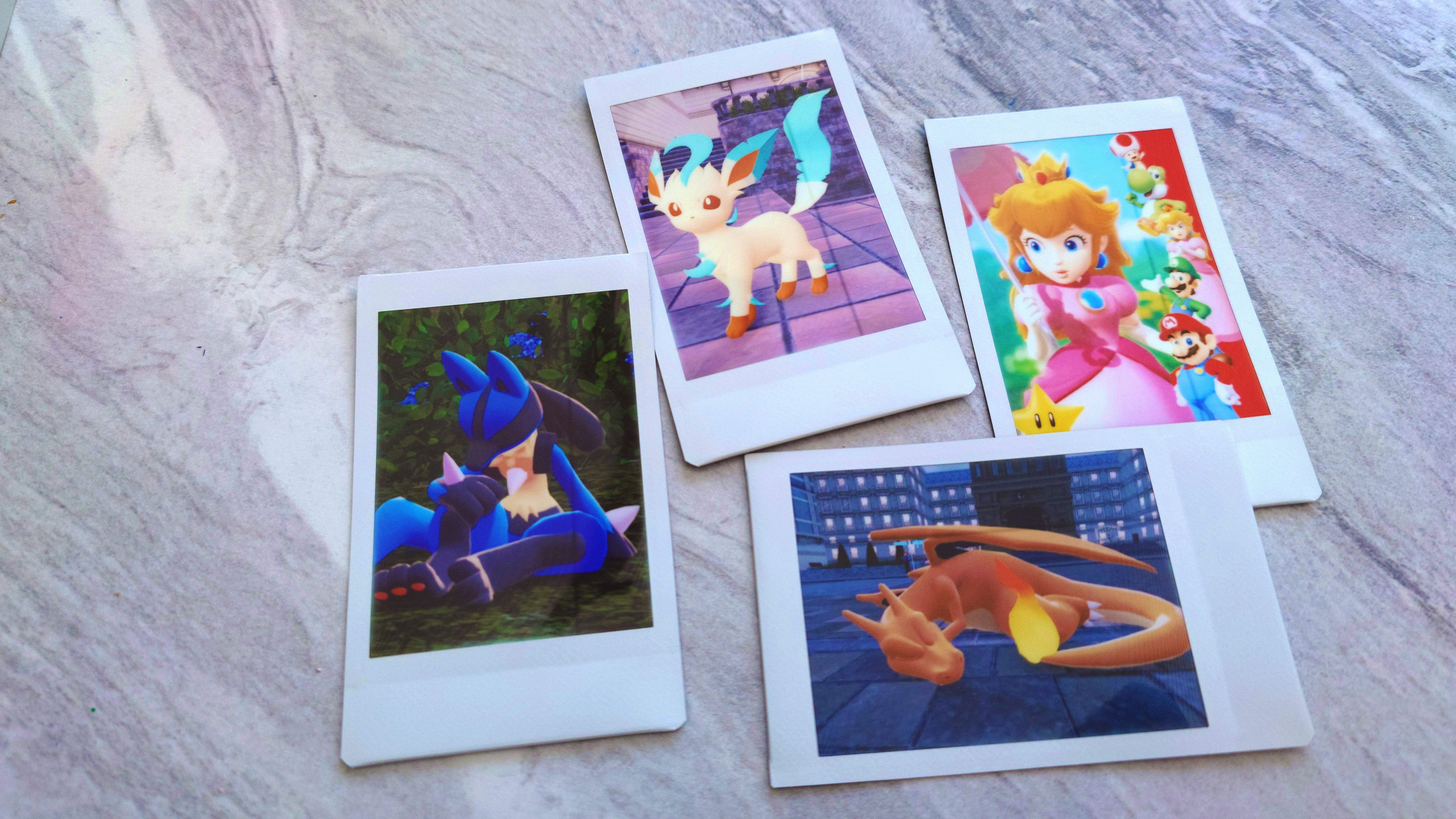10 ways to make your mark as an illustrator
The best full-time and freelance illustrators share how they stay motivated and avoid drawing a blank.
Whether you're an illustrator fresh out of university and raring to hawk your design portfolio around potential clients, or you're still striving towards a creative career while working in a different industry, getting noticed as an illustrator can seem impossible.
There are ways into the world of illustration though. Plenty of people have made it happen, and we've rounded up top names in the field to share how aspirational artists can start making their mark.
01. Enter competitions
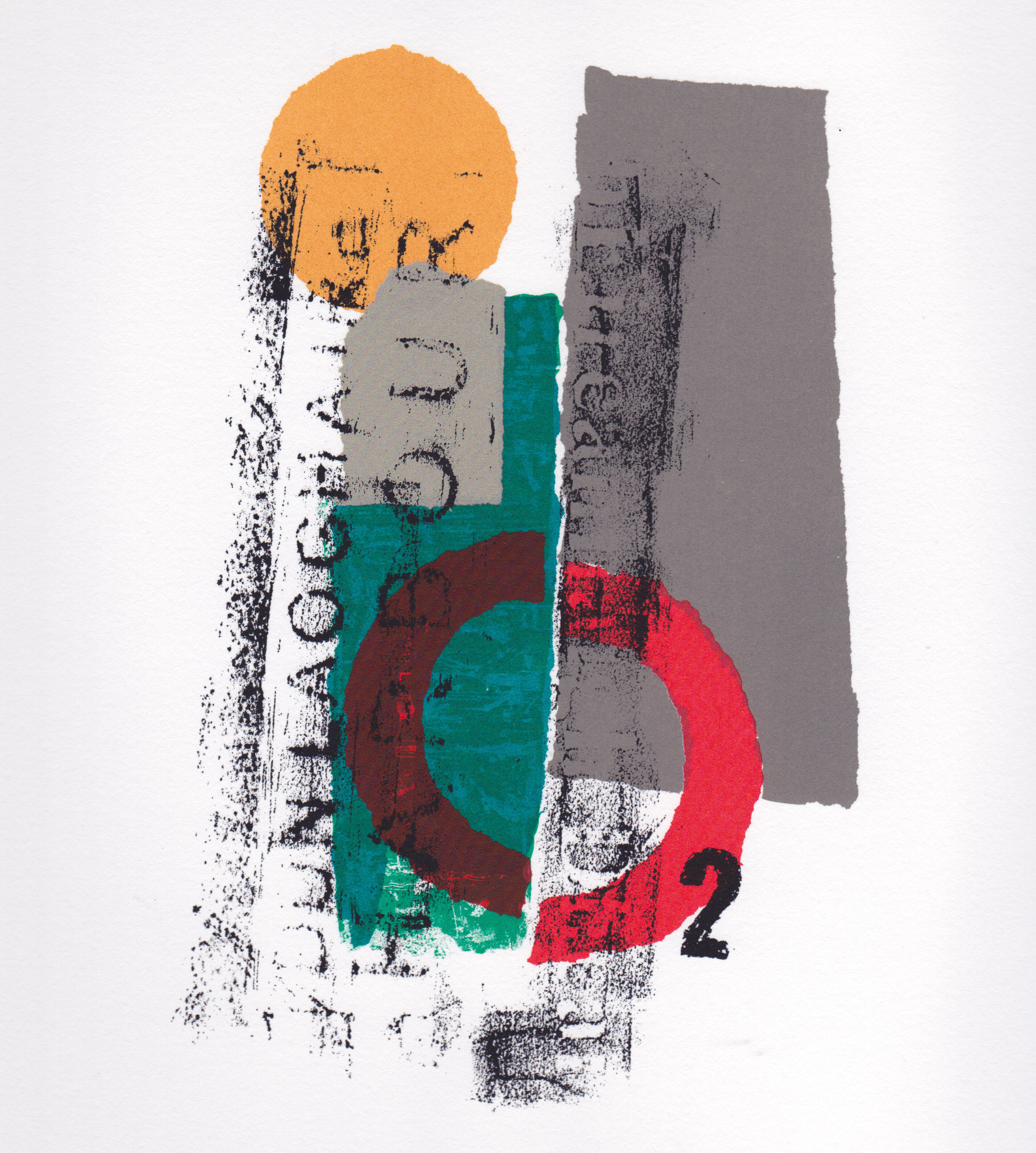
Andreea Dobrin Dinu, who won the AOI New Talent award for commissioned advertising, found that the accolade was a great confidence boost as someone relatively new to full-time illustration. She hadn’t entered the work – her designs for the Art Safari festival in Romania – into any other awards event as “I don’t have the time,” she says. “I had no expectations, so I’m still blown away by that recognition!”
While a great Instagram feed, a jazzy website and a ton of enthusiastic emails to potential clients pay dividends, awards are a chance to guarantee that your work will be looked at by some of the biggest industry names.
As Jim Butler, who won the AOI professional, un-commissioned book design category puts it, “it can be very hard to have your work noticed by people who might want to commission it. If you just send an email, you have no idea if people will actually see it. Awards are a good way of focusing you to get work together and an ideal opportunity to get your work seen,” he says.
02. Make social media work for you
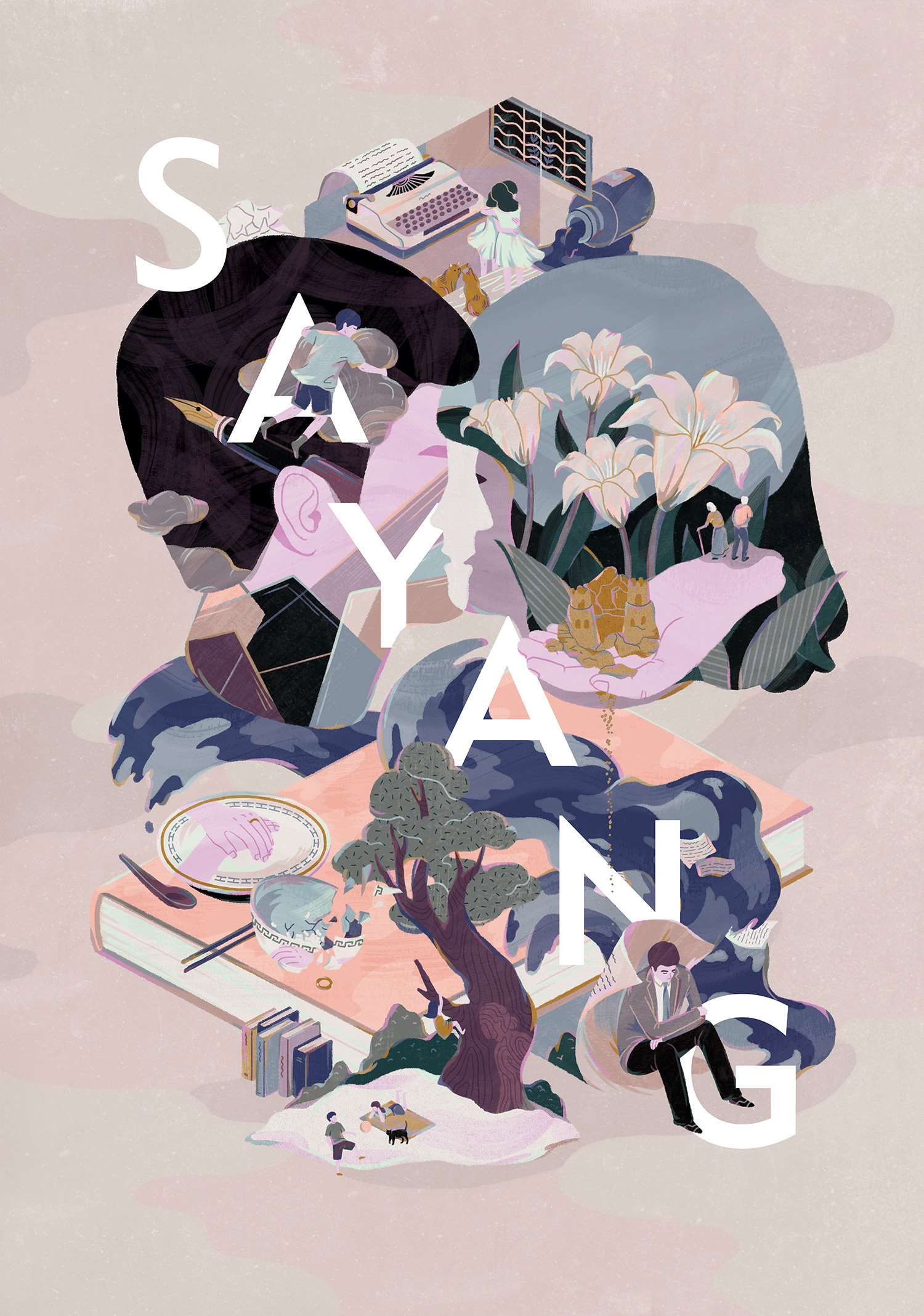
Anyone who’s ever even glanced at social media understands how embarrassing the compulsive element is that comes when chasing likes – not to mention the vampiric attention and time-sucking it requires. The benefit of such platforms, however, partly lies in their forging of communities – creatives the world over can easily connect, and with visual inspiration.
But there’s nothing worse than seeing artists aping others in pursuit of those little hearts and thumbs ups; the last thing we need is a Jon Burgerman copycat pitching at (and missing) those same notes.
Daily design news, reviews, how-tos and more, as picked by the editors.
Brighton-based illustrator Paul Thurlby scooped the AOI site specific professional category win for his illustrations commissioned by John Lewis for use in its window and store displays themed around national treasures. He considers social media to be both a curse and a joy. “Things are different now to when I left university,” says Thurlby. “You can just get commissioned through Instagram now!”
Dinu found the sheer volume of proliferating images on Instagram, Behance and the like intimidating when she was starting out. “There’s just so much output and so many creative people putting work online, it’s quite overwhelming,” she says. “You feel you don’t even have a chance of being visible.”
For Esther Goh, winner of the AOI’s commissioned professional category, however, Behance proved invaluable as a tool for getting her work noticed by peers from around the world. “Design sites wrote about it; people shared it on Facebook and Twitter; others pinned my images on Pinterest,” she says.
“A few projects were also selected by the Behance team and featured on their curated galleries. Over time it had a snowball effect – the more people followed, commented on and liked the work, the more it appeared on people’s feeds, and so on.”
03. Maintain a community

For Butler, one of the most crucial things in embarking on a creative career is maintaining a sense of coterie – in the real world, as well as online – with other creators.
At uni, you’re surrounded by other people making work by default, and it’s important in nurturing a sense of self-identity as a creative to foster that in the real world. That could be as simple as staying in touch with former classmates. But where physical proximity is lost when students move to disparate parts of the country, it’s worth seeking out collectives (Butler enthuses about his post-uni time at Hot Bed Press in Salford), or working on DIY exhibitions, zines and other projects.
“It’s your peers that keep you going, and keep that sense of [making creative work] as being central to who you are,” says Butler. “That’s the most important thing, rather than how quickly you start getting commissions. If in a year after leaving uni you can say ‘I’m an illustrator or printmaker or artist,’ and you think that’s what you still do, there’s a good chance you’ll make it.”
Even so, no one said making it as a full-time illustrator was going to be easy. “It was scary,” says Dinu, “but I had a gut feeling it was the right thing to do. I wasn’t 20 years-old, I was a bit older, and I understand that things don’t happen fast – I still very much consider this a career path in its beginning.”
04. Ease your way into the industry
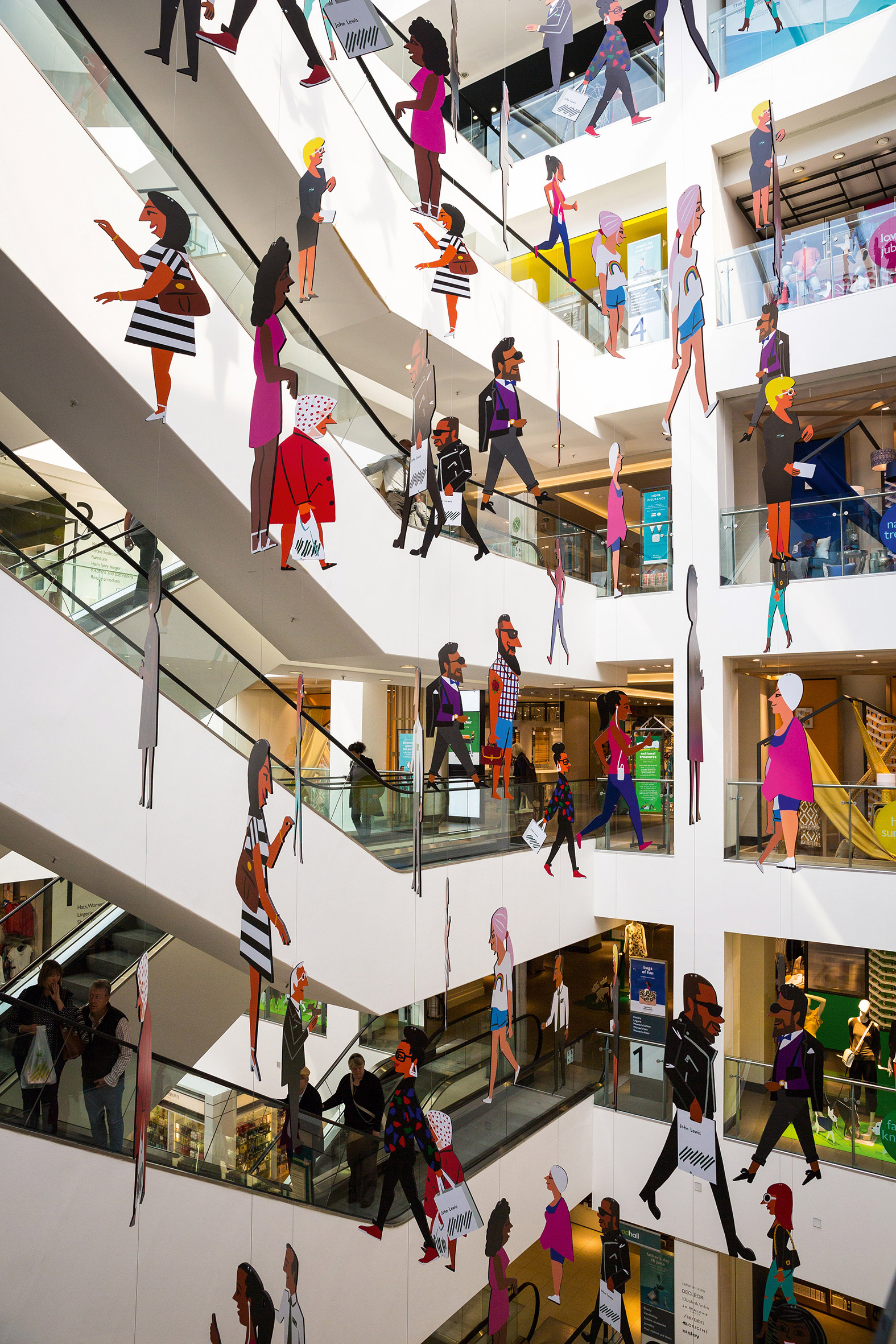
Making it as an illustrator is, of course, about much more than just great work. Goh advises having a backup plan, and enough savings to last you at least six months while you work on marketing yourself and building a solid portfolio.
“Put up only your best work online,” she adds. “Learn how to write contracts, license your artwork, how much to charge and what factors you should consider when doing a quotation.”
As with any other discipline, there’s no set pathway that neatly leads to an illustration career. Butler initially worked as an engineer before deciding later to do an illustration degree, and continued to work three days a week in engineering while making his first steps as a creative. Similarly, illustrator and picture book-maker Soo Kyung Cho majored in ceramic art for her BA at Hongik University in Seoul, before studying communication design for her MA at Kingston University.
Dinu first studied business management before moving into graphic design, later moving from her native Romania to Hamburg in 2016 to set up her own studio, which now works predominantly in illustration with a some instances of graphic design. What unites the bunch is an enduring passion for drawing – whatever job they did to keep landlords at bay, they’d still be doodling.
“Working a paying job and making interesting work aren’t mutually exclusive,” says Butler. Before she even had any clients, the first step for Dinu was to simply start making work for herself and putting it on Instagram and Facebook. From there, some small magazines got in touch and her first “proper” work began trickling in. She also emailed a lot of people, and participated in a few Instagram competitions.
Her advice to others considering making the leap? “If you’re ok with a very minimal lifestyle, try it out, but I’d always suggest having a partial backup plan.”
05. Go freelance
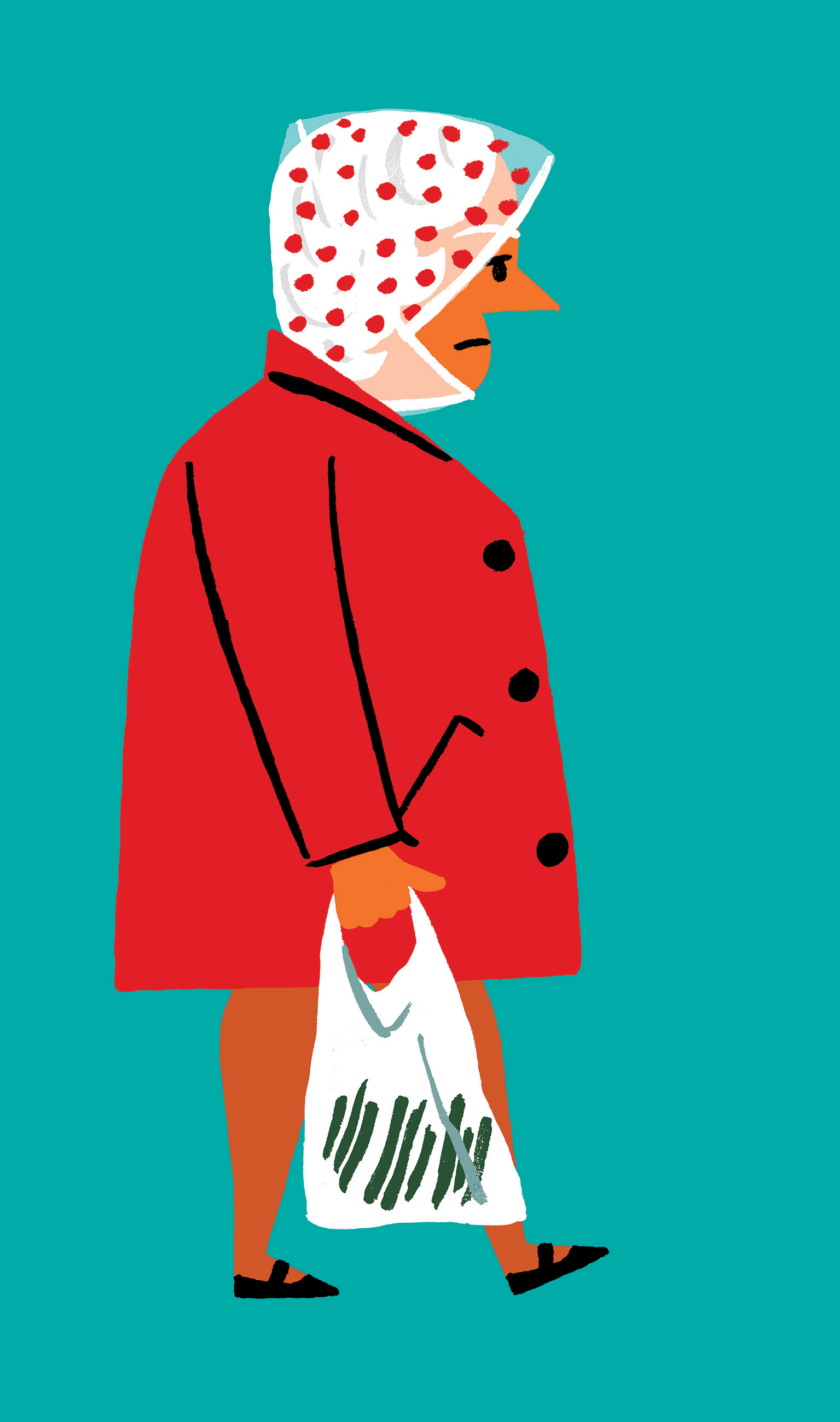
A common route for some freelance illustrators is if they’ve previously worked full-time in an agency. London-based Guy Field, who studied graphic design at Falmouth, has been freelance since working at Studio Moross in-house for around six years. He landed that coveted job thanks to an upfront portfolio in the shape of his Give Me a Job zine.
“When I was younger I thought being an illustrator as a career was like being a professional footballer – only the one per cent make it,” he says. “That’s why I went into graphic design, doing illustration on the side, as that seemed like the middle ground.”
He was lucky to find work in an agency that combined both disciplines, and over the years took on freelance commissions during evenings and weekends, eventually deciding that the next logical step was going it alone.
“It’s been good, and intense, so far,” he says. Most of his work now comes from word of mouth, “through knowing people in similar professions – animators, designers and people who work in agencies. People just email you because you’re someone’s friend, or someone recommended you, but you have to have the work to back up the recommendation.”
06. Find a way to stand out
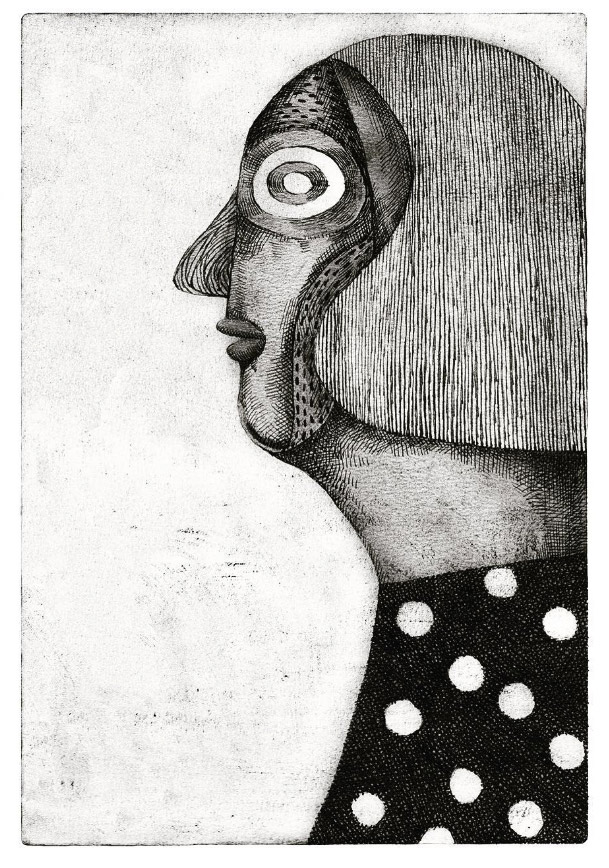
Clearly it’s not as simple as studying an illustration degree for three years, doggedly hauling a portfolio around town and showing your work to potential clients such as publishers and advertising or design agencies, as illustrators once did. Instead, you have to understand and make good use of social media, be savvy about the business side of things, and be canny in how you make work and show it to people.
“When I started out, I made a point of going out to show my portfolio more, which I actually really liked,” says Thurlby.
“I loved going to different buildings and showing my work, even if when I look back now I don’t think it’s that good. But I believed in it at the time, and that’s the main thing – to believe in your work and show that you’re passionate about it.”
At the start of his career Thurlby frequently visited magazines and publishers he wanted to work with, garnering mixed results. “Once, I was showing my work to a publisher who was saying ‘it’s great, we’ll definitely be commissioning you.’ I looked up and he was looking out the window. I learned that some people say things for the sake of it.”
07. Be open to adaptation
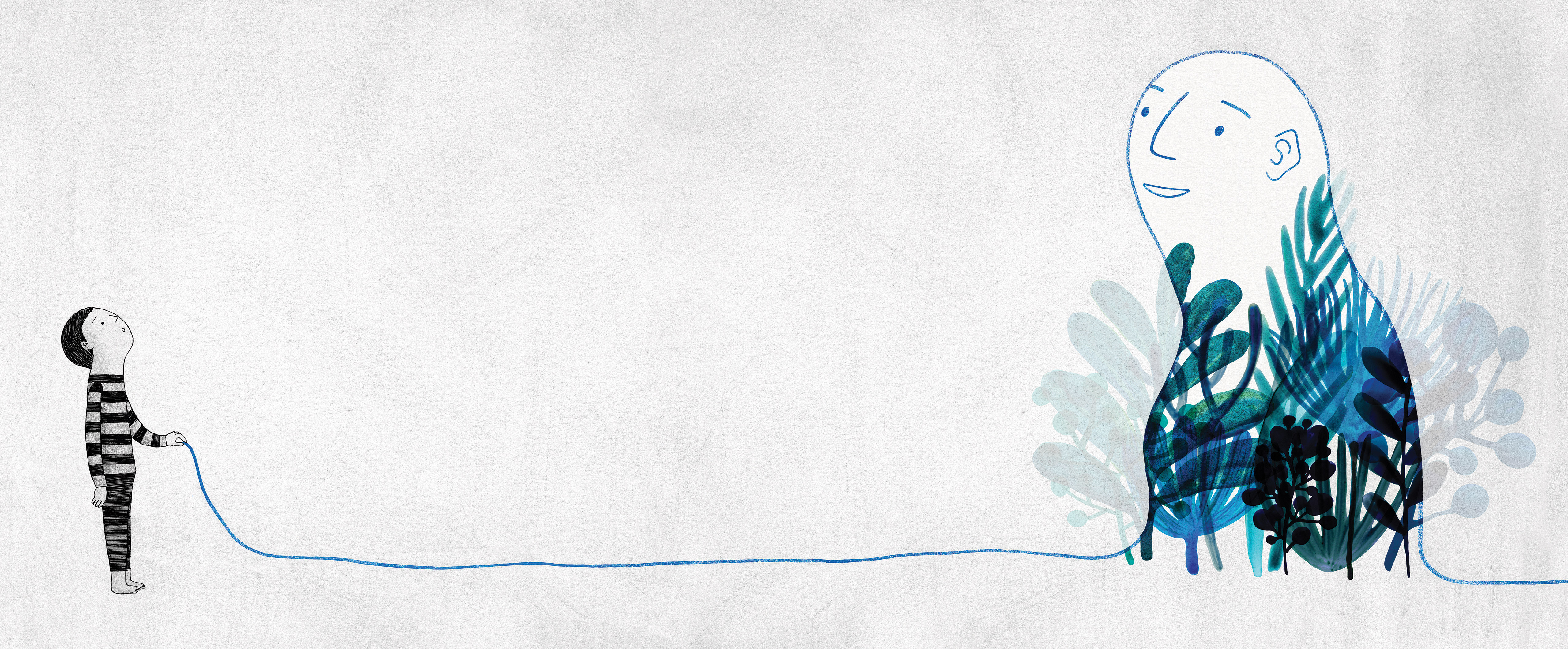
Then as now, persistence is key. Thurlby was keen to work for The Guardian – in particular, its sports section. He sent his portfolio over, only to be told the work wasn’t quite what they were after at the time.
“So I adapted my work to fit what they were looking for,” he says. “I didn’t make it into a style that wasn’t me or that I didn’t like, but I made it more graphic.” It paid off; the paper called while he was at the barber’s to let him know they’d be commissioning him.
So while, as Thurlby’s story proves, it’s worth having an eye on what commissioners are after, it’s equally important not to just ape other artists and lose sight of your own personality in a bid to win work. It’s sadly a rare occurrence to see not just influence, but plain ripping off in the illustration world; Malika Favre, Christoph Niemann, Thurlby himself and many more are frequently parodied to the point of warranting lawsuits (or at least threats of them).
How then do you make work that’s indisputably yours, but irrefutably commissionable? Every creative dreams of having an ownable style that’s recognisably, distinctly their own. Yet in a world where we’re bombarded with visuals at every turn, it’s impossible to not unintentionally absorb certain external influences. That doesn’t mean it’s ok to merrily just copy.
“At the very least try and create something from a different perspective, that has a unique flair to it, because really that’s one of the main reasons discerning clients will pick you over everyone else who are doing the same sort of work,” says Goh. “And these are the clients that you want to keep.”
08. Stay mindful of trends

Of course, illustration work that fits into a current trend is eminently sellable. But by their very nature, the style that dominates such trends is mutable, so don’t just fall into the trap of grooming yourself into that same one-trick pony.
“In commercial illustration it’s best to be versatile in terms of the styles you offer,” says Goh. “You wouldn’t want to end up with something that looks obviously dated, though some trends tend to move in cycles or stay for quite a while.”
Field points out that while all illustrators are osmotically informed by one another, it’s important to recognise when that influence plays out too much in your own work. “Stay true to your natural way of doing things. You just have to keep grinding away for ages,” he says.
“It’s important to pay attention to trends so that you have an awareness, and as an illustrator you’re going to be interested in other people’s work. A lot of your own style comes down to your hand – the way you naturally do things other people don’t.”
One of the keys to developing a unique approach as an illustrator is constant experimentation with processes, colours, scales, perspectives and materials. “For me, creating a style is also about flexibility – having a unique style that works across various themes is important,” says Cho.
“It’s important to be able to read trends, but I don’t believe it’s important for your work to follow them.”
09. Stay curious

Another invaluable piece of advice is to look outside of the illustration world. Interesting work, much like interesting people, comes from being tantalised and curious.
“Take an interest in things you don’t usually notice,” Goh says. “It could be a certain texture, something out of ordinary – see if you can find ways to integrate it into your art. Figure out a system: for example, if you draw humans with tiny heads and large feet, then maybe your animals should look like this too? The key is to be consistent.”
Just as music journalists, audio database Discogs and basically the whole internet love the easy categorisations that music genres offer, it might not always be helpful to make hard and fast distinctions between whether illustrators are respected artists or simply commercial creatives, slaves to the commissioning editor and the deadline.
Many distinguish between illustrators and ‘proper artists’ in that the former work to an external brief, while the latter are simply creating without formalised boundaries. Cho, though, sees "no reason to separate fine art and illustration so strictly. Creativity and meeting a client’s need at the same time is required for them both."
Butler, who works on a mixture of commissioned illustration projects and self-initiated prints and artists books (which he sells), views art and commercial illustration as a “broad continuum”, and he too thinks that it isn’t important to make a distinction between them.
The only issue that he’s found is when exhibiting work in group shows dominated by practitioners firmly in the “fine art” camp. “Some people might become a bit sniff y when they find out you work in or studied illustration,” he says.
“I’ve never had any problem with the idea of selling art, or that art is commercial. Unless you happen to be married to landed gentry, selling your work is the only way you can make the time to make work. Surely that’s the point, to be able to buy yourself out of other jobs to make more [art] work - it’s cyclical.”
10. Keep at it
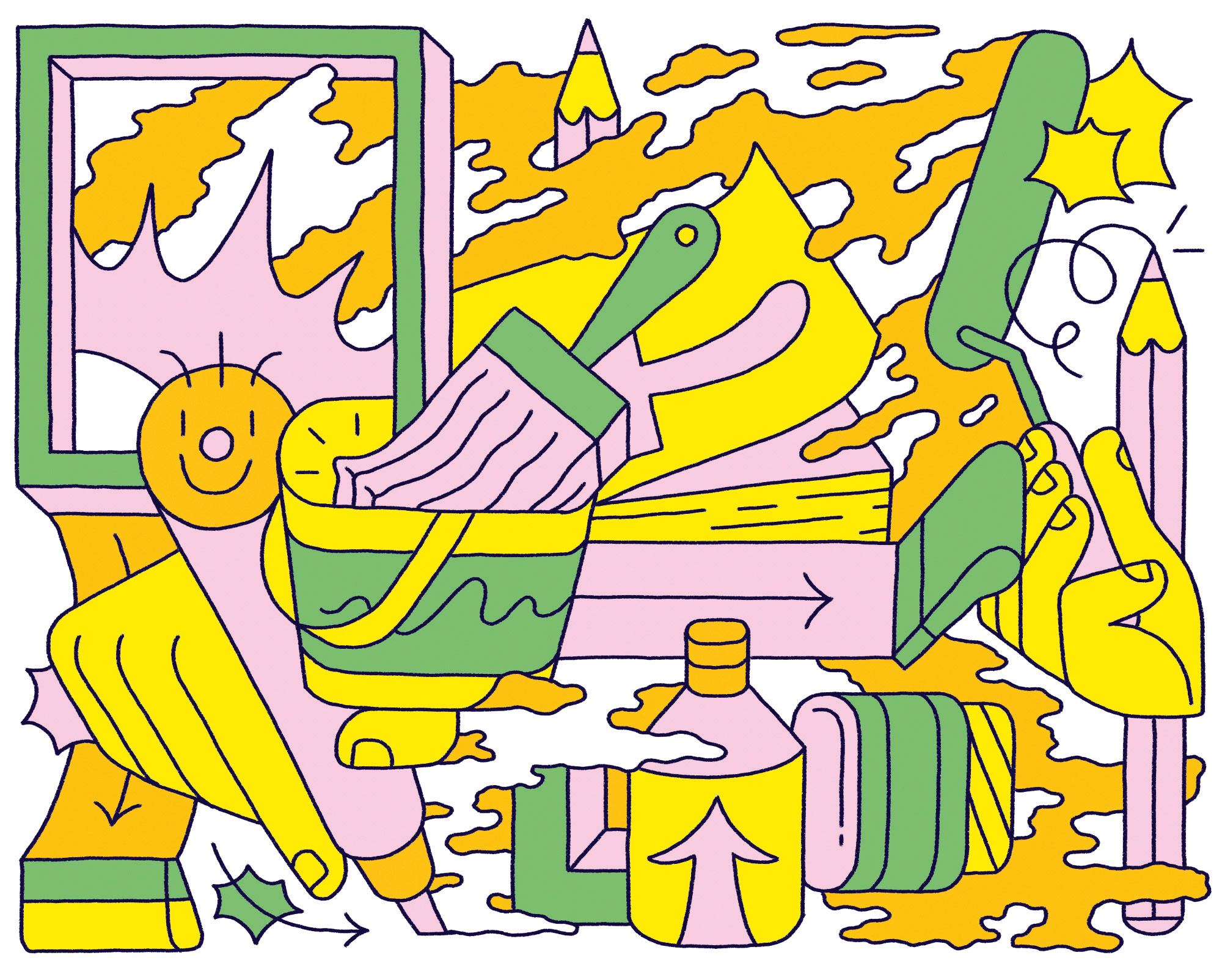
As well as working on his own projects, Butler also gives lectures on illustration and book arts at Cambridge School of Art, Anglia Ruskin University. Something he always tells his students is that “we’re not looking to start or end with the finished article in three years.” You might have 50 or 60 years of work ahead of you when you leave, and the way that tech-based creative tools will change in that time is unpredictable.
“It’s not just about being au fait with technology. It’s about being able to adapt to the visual world and play with visual ideas,” he adds. "You’ll adapt to the medium according to your own interests.”
Much of Butler’s own work deals in very physical, analogue processes: screen printing, collages, making rubbings (as in his AOI award-winning Blackrock Sequence book, a project in which he collaborated with a poet), etching and more.
“I enjoy using my hands, and the physical nature of how certain inks sit on certain paper weights, and how things can happen accidentally. When on a computer that’s connected to the internet, I get distracted and can’t make decisions,” he says.
In his teaching, Butler encourages students to learn multiple types of media – physical and digital. The one essential thing for students wanting to be a pro illustrator is how to draw.
“You need to have a real feeling for drawing, and an understanding of drawing as an illustrator. You need to be able to handle the figure and narrative. You also have to understand that you need to put in a lot of work to open up ideas and make things better; have an openness to reinventing yourself, not just going for the first and easiest solution.”
He adds: “Some people ‘make it’ quickly, and some take much longer than others. To me, ‘making it’ isn’t just about having an illustration published in The Guardian or The New York Times. If people are still making work, and that work is moving on, then they’re ‘making it.’”
This article originally appeared in issue 284 of Computer Arts, the world's leading graphic design magazine. Buy issue 284 or subscribe here.
Related articles:

Emily Gosling is a freelance art and design journalist currently writing for titles including Creative Review, Eye on Design, Creative Boom and People of Print. She’s previously worked at Elephant magazine, It’s Nice That and Design Week, and was editor of Type Notes magazine. Her book Creative Minds Don’t Think Alike was published by Ilex Press in 2018, and she also plays bass as one-quarter of the eight-titted beast, Superstation Twatville.
